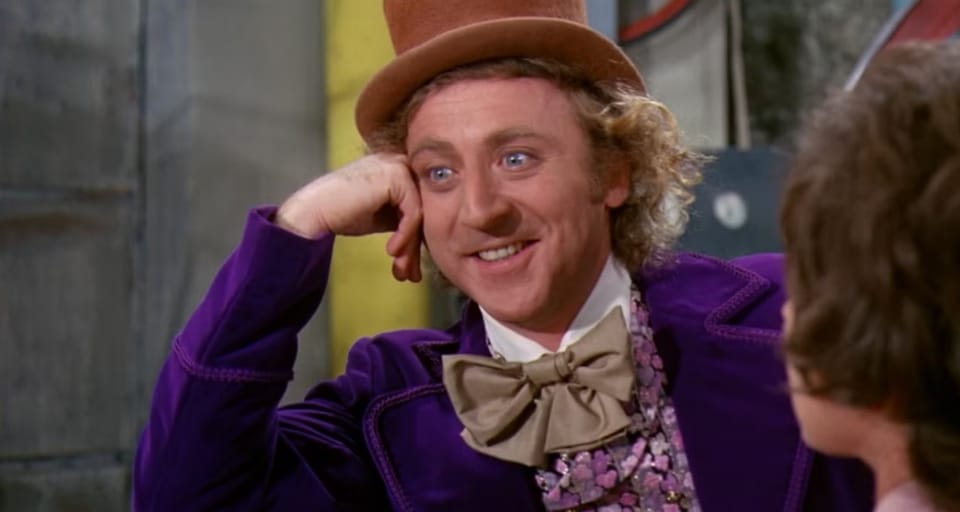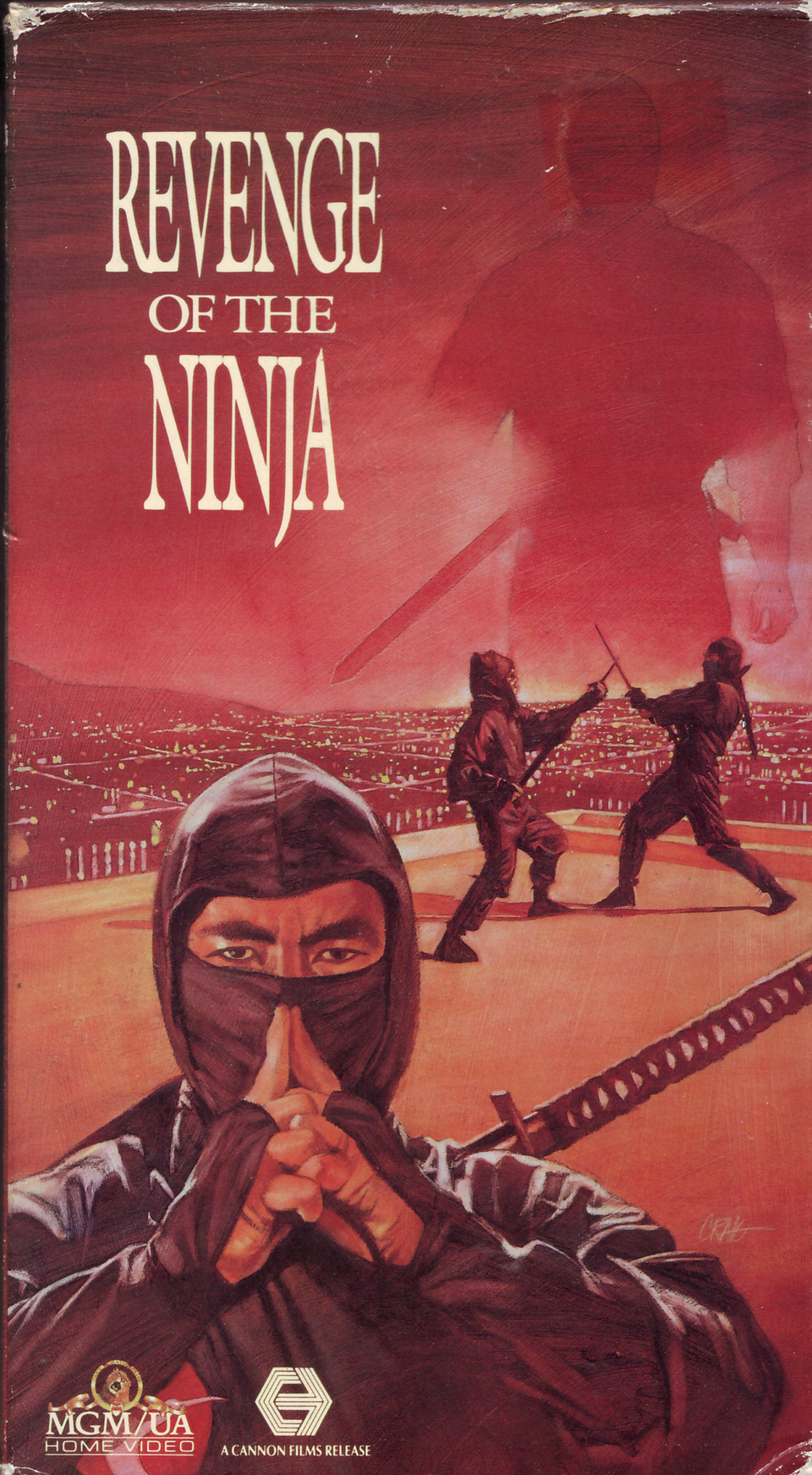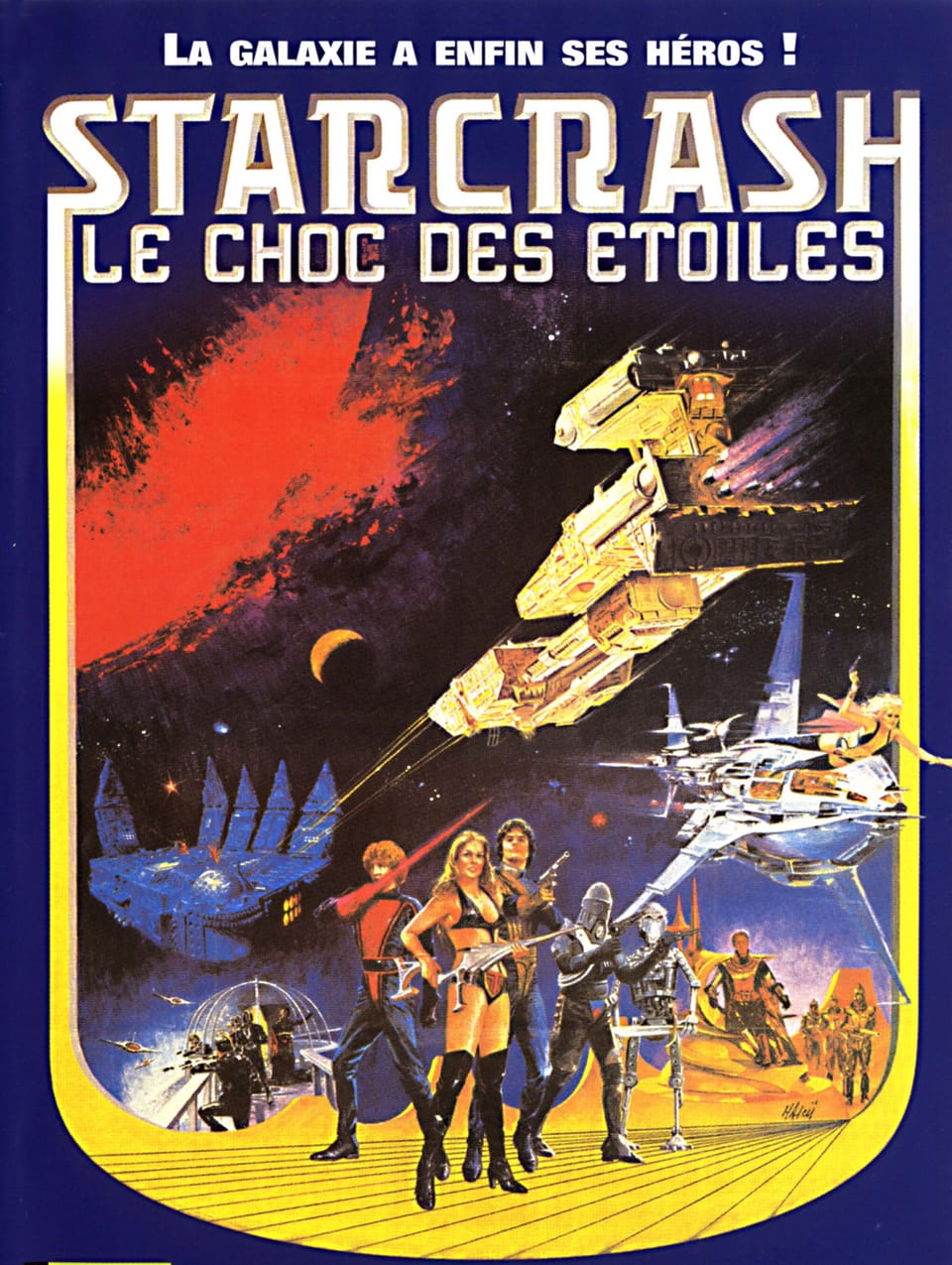Single Shot, Double Foam: THE CELL (2000) vs PARADISE HILLS (2019)
A feast for the eyes, not the mind.
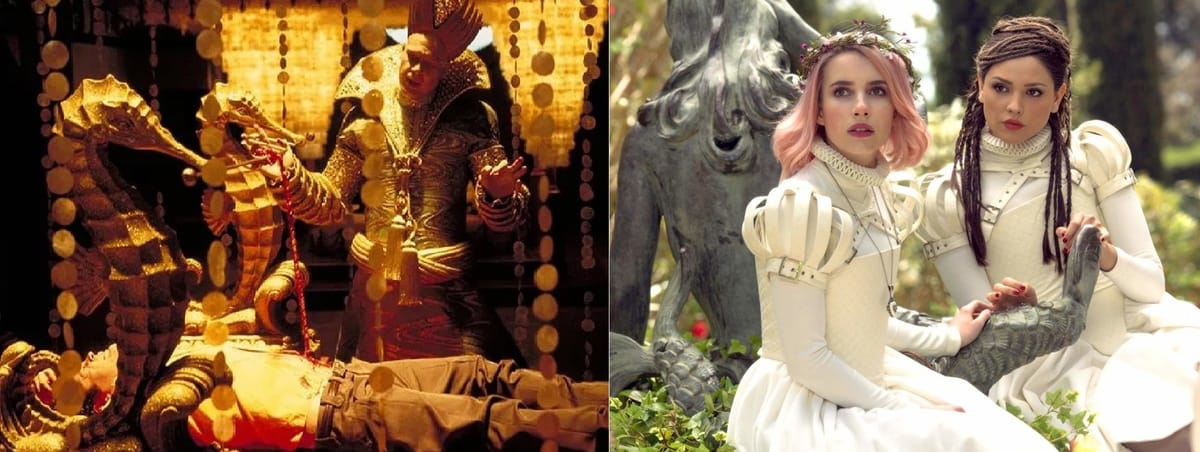
THE CELL
Tarsem Singh was a mere 39 years old when he directed THE CELL in 2000, his feature film debut. The careful phrasing “feature film debut” should not mislead you into imagining that Tarsem (as he is professionally called) was in any way a newbie to film, directing, or art itself– this guy is a firecracker right out of the gate. He’s a grad of the Art Center College of Design in Pasadena, California, coming up in class with two people you may have never heard of: Michael Bay and Zack Snyder. After graduation, Tarsem directed commercials and music videos, again for little bitty no-names like Nike, Coca-Cola, and that R.E.M. music video that won Best Music Video at the 1992 Grammy Awards, “Losing My Religion”.

THE CELL is a bizarre, distracting, operatic film that confused (and frightened) audiences in 2000 and then was largely forgotten. It tells us the slightly garbled tale of a near-future where Jennifer Lopez is a tender and smart childhood psychiatrist, there is a "schizophrenia virus" that causes patients to fall into a coma where they flail around in twisted, aggressive "schizophrenic" dreams, and there is also an experimental full-dive VR technology that allows J-Lo to enter these dreams and interact with the mind-manifestations of the "schizophrenia virus patient" (read: Dreamer). Why screenwriter Mark Protosevich came up with the excuse of a mutant psychiatric virus as a plot point and not just dreams is beyond my ken, but it's one of those lines you have to just hand-wave away to get anywhere past Act One. Because it's going to come up a lot.
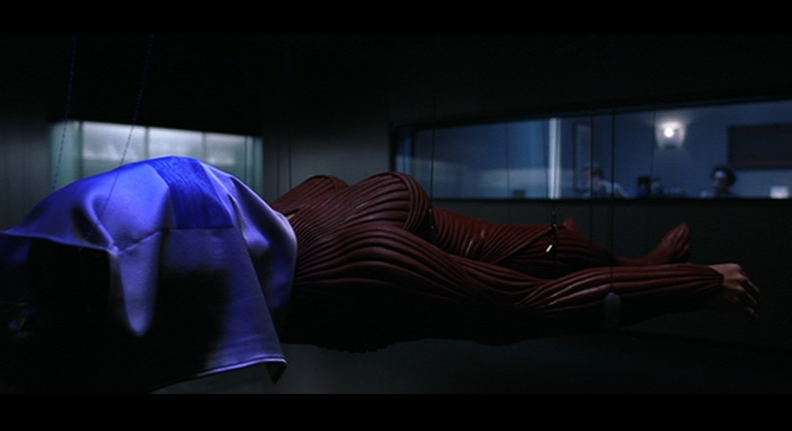
While J-Lo, decked out in a presumably futuristic muscle-fiber latex suit (that was probably designed by the inestimable Eiko Ishioka [石岡 瑛子], who would later work with Tarsem on three other films), is chasing a little dream-boy through a Namibian desert, the movie decides to spin on its heel and see if middle-class America is paying attention.
Serial killer Carl Stargher (Vincent D’Onofrio, in a career-defining role, to say the least) is having fun trapping victims in a big glass cell that slowly fills with water, drowning them. Between killings he takes a load off by hoisting himself on a home-welded body-suspension rack by his back skin over the dead victims and… taking a load off. The FBI are scrambling about to identify the killer and locate the last victim before she drowns, and they uncover Stargher’s identity JUST as he succumbs to the Schizophrenia Virus!
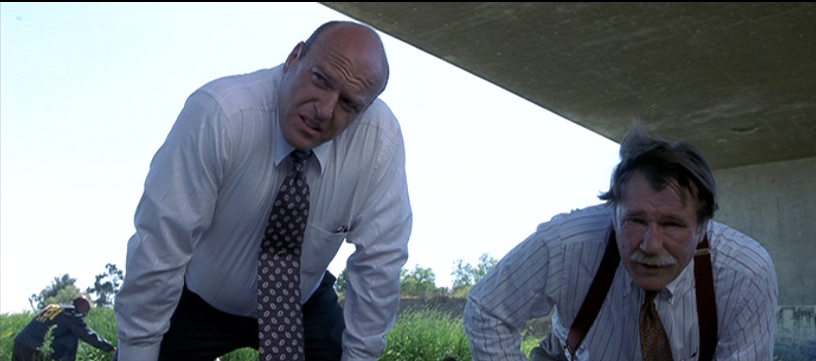
The glass cell is filling up! The killer is in a coma! My god, who could see it coming? If only we had a technology that would let a childhood psychiatrist enter the unconscious mind of the killer and shake the information out before it's too late! And with this, I have just explained 90% of what ACTUALLY happens, plot-wise, in this film. The rest is foam on the latte.
Serial killer films were huge in the 90s, revitalizing a genre that had a hot run 30 years prior, with SILENCE OF THE LAMBS bursting onto the scene in 1991 and SEVEN in 1995. Writers had a few years to digest these; 2000 gave us both THE CELL and AMERICAN PSYCHO. Tarsem was warmed up from all those Grammy awards and ready to go full Art School, full speed ahead and damn the torpedoes. He just needed a good excuse to do so. What better excuse than an Art School sandwich with a couple deli-thin slices of Serial Killer Plot?
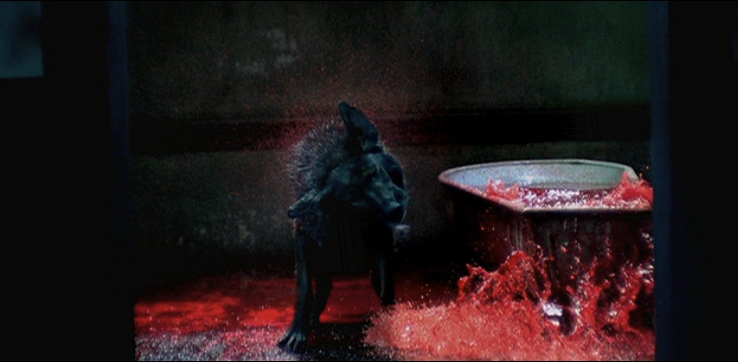
After 45 minutes of warmup, Tarsem is done screwing around with all this "script" stuff. J-Lo wanders slowly through the psyche of the comatose serial killer, and we are not supposed to wonder if the Schizophrenia Virus made his internal universe scary, or if he was already like that due to childhood trauma (hint: it's the latter), and, if that's the case, why is the little boy from Act 1 so aggressive in– you know what, never mind. Just look at the Japanese porn-inspired BDSM costumes, latex masks, painted tableaux and the female bodybuilder they hired. Just look at them!
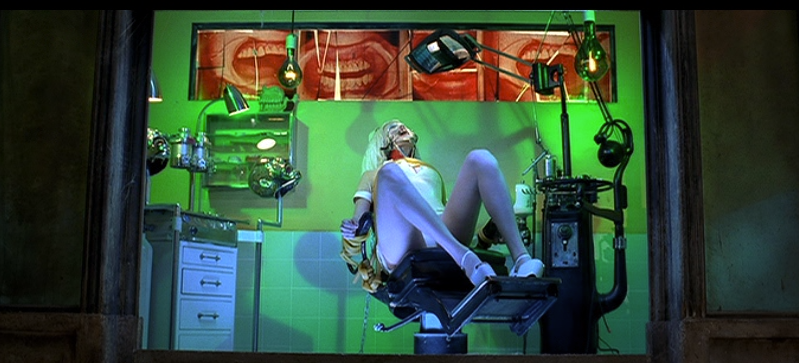
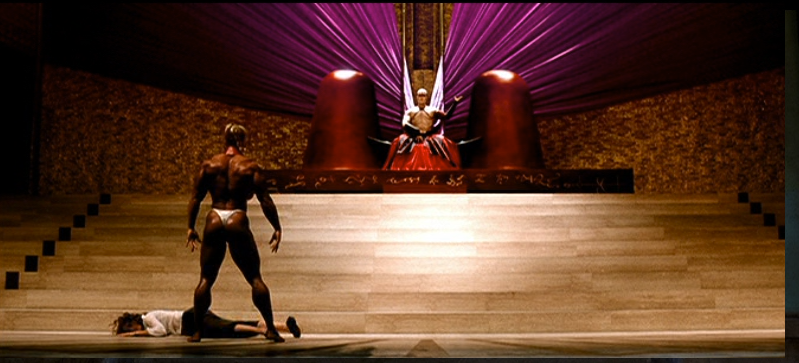
In 2000, this film was probably something most people had never laid eyes on. Most people, unless they knew to look for BMEzine or were already a patron of the perverted arts, had no idea what body-suspension is, or pony play, or nose hooks, or Gothic Lolita. Tarsem set the bait with J-Lo and the too-tempting serial killer plot. Once audiences realized they just saw D’Onofrio in white face paint and a lavish gold Pierrot costume screaming and giggling while torturing Vince Vaughn’s intestines out – did I forget to mention that the hero of DODGEBALL (2004) is in this movie?– they didn’t know what the goddamn to think. Unfortunately for the shock value of this movie, some of us also have an art degree (or a degree of perversion) and leucistic vultures and nipple piercings aren't that upsetting.

A lot of viewers appreciated the lavish spectacle but thought the crime aspect was too gross and scary. I thought the opposite– THE CELL is at its best when it’s dashing along in a one-horse-open police drama; the slow-mo grasshoppers, reverse-footage of red water dropping into clear water, ballerinas with shit painted on their face, and this clear re-creation of Norwegian painter Odd Nerdrum’s “Dawn”...
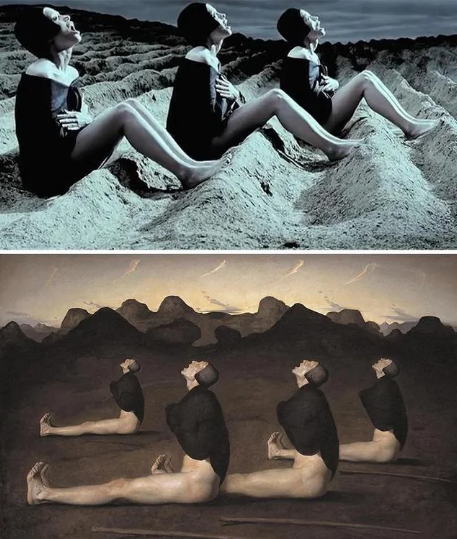
...while pleasant enough to look at once, are shallow and pointless as to the plot. All this filler footage is supposed to give us a peek into a killer’s subconscious, but we got that in a few moments of dialogue. What these arthouse scenes REALLY are is Tarsem making a student film.
‘Hana yori dango’ means “Eating dango-mochi takes precedence over viewing sakura [what you ostensibly came here for]”, or “Flowers after dango”. I’d call THE CELL 内容よりスタイル, ‘Naiyo yori Style’. I am by no means the first person to point out that Tarsem is laying out his formal arts degree in this film with how many other artists he referenced, but I am one that wasn’t razzle-dazzled by the style-over-substance of this movie.
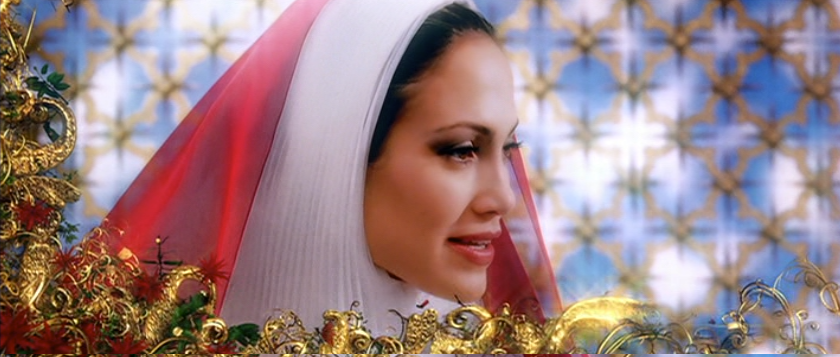
Thank goodness we've had nineteen years to learn from this mistake before someone* made...
PARADISE HILLS

*SOMEONE is Alice Waddington, a Spanish director in her feature film debut. She also wrote the story, though not necessarily the script, for this Visual Feast--somehow even more disappointingly low-calorie than THE CELL.

In PARADISE HILLS, already-beautiful young upper-class women are shipped off by their families to a finishing school on a remote island where absolutely nobody would expect that anything is weird or sinister whatsoever. We are further soothed by the presence of Milla Jovovich playing herself, and nothing bad ever happens where Milla's eyebrows show up.
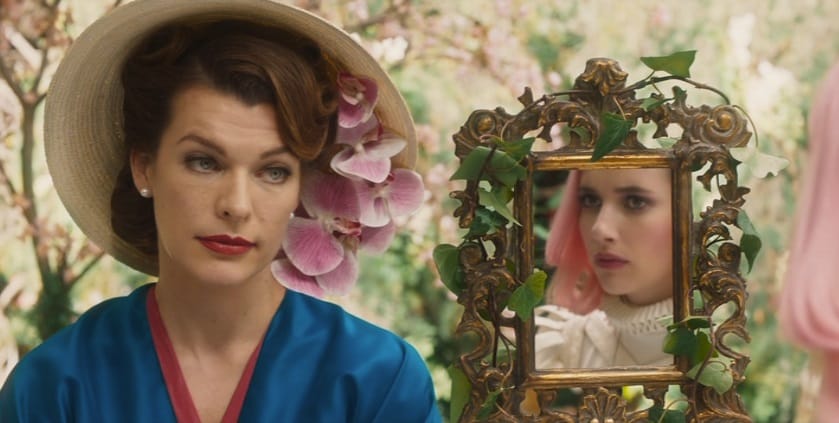
Our heroine Uma (Emma Roberts) finds herself in a Babysitter's Club book of lovely rich girls who all have a Character Flaw. One girl is overweight, but her parents want her to be thin. One girl is a famous and filthy rich singing superstar, but the record label always autotunes her voice, so she wants to make music "in her own voice". Uma doesn't want to marry a decent-looking young prince; and one girl is Awkwafina, which is flaw enough to land anybody here on Milla Island.
The food is drugged to make the girls sleep through the night (sounds awesome??), everything is pink and pretty, everybody gets their makeup did, and we are treated to the bulk of the film: La Fábrica (The Factory) in Sant Just Desvern, Spain (you can read about the strange history of this very real place in the link above) and a shit-ton of very interesting and artistic avant-garde costumes.
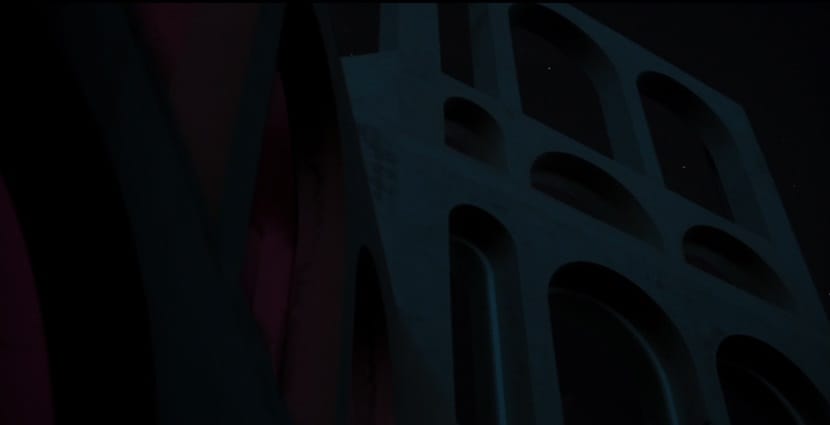
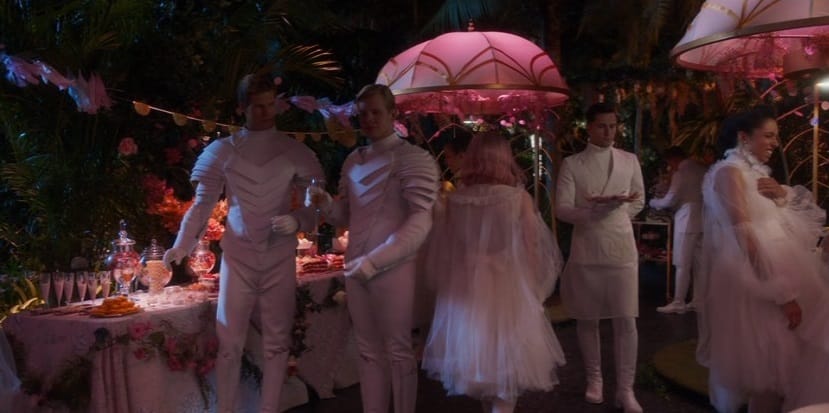
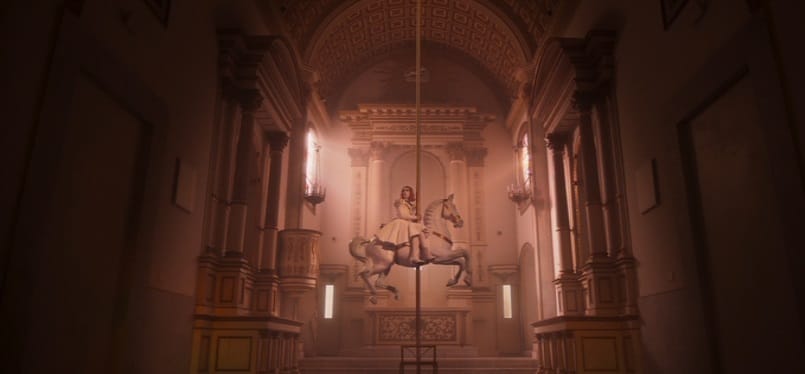
Just like Tarsem's long and indulgent scenes of J-Lo walking through Meow Wolf looking surprised, we are given a long and indulgent scene of Uma being strapped in her little white knight dress to a little white carousel horsey that lifts her way up to the ceiling of this cathedral where she has to watch a 30-second holographic loop of her betrothed's very embarrassing dating app video. "But the truth is. I'm a simple man. I work hard. And I give back." This video is supposed to be some kind of brainwashing, but Uma is having none of it. After a while they let her back down: annoyed and bored, but not brainwashed. For an expensive evil brainwashing island, they are really not good at their job.
In fact, this scene is SO carefully shot and SO drawn out that I am struck by the thought that it (and the medieval-inspired costumes) was the original kernel of Waddington's concept. Was the entire movie built around this one scene? "A girl in a dress on a carousel horse twenty feet in the air--I have to use this scene! Someday I'll write a movie around this. Everyone must see it."
If you just keep your eyes glued to the costumes and avoid driving your truck through any of the other enormous plot holes in this movie, you'll make it just past the 1-hour mark where Waddington suddenly yells "SHIT, did we need to have a PLOT?" and grabs the first thing she can find in the Sci-Fi drawer: glowing glass screens with personality measurements and biometrics on them. And uhhhhh, body snatching?
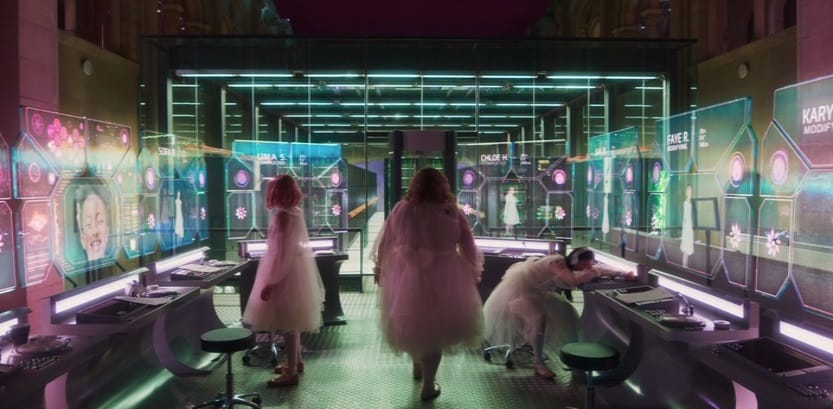
The girls who manage to stay awake at night see orderlies taking Awkwafina away, and foolishly run after her, trying to keep her in the film. Evil Island Scientists are constructing the biggest, evilest plot hole of all: keeping lower-class "replicant" women in waist-deep water in the dark, with gauze bandages artistically draped on their faces while they heal from "dozens of surgeries".
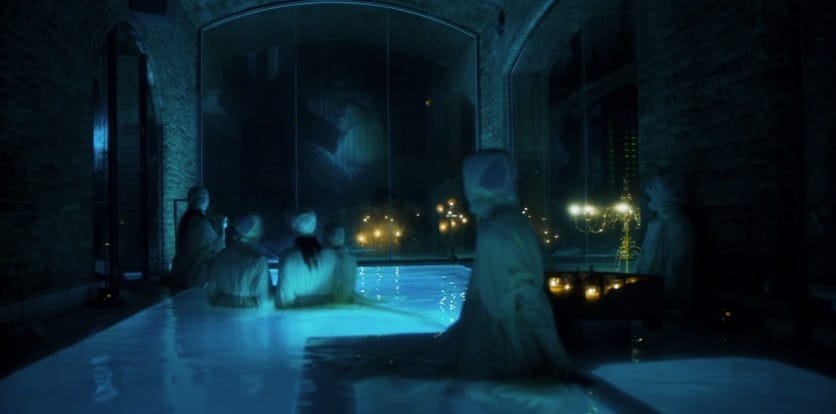
They are down here in a barely-lit JRPG sewer level while 'practicing til we fainted' in mannerisms and personality to take the place of the girls up top. The parents receive a perfectly obedient daughter that is identical to their misfit kid, and the erstwhile low-class replicant gets to escape her life of poverty and starvation for a chance at the good life. The original girl is fed to Milla Jovovich.
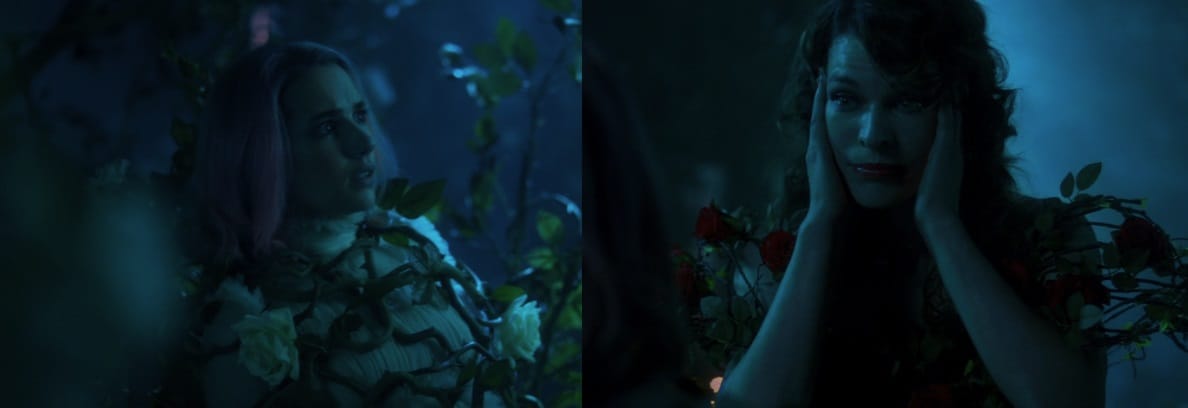
How would practicing mannerisms and having facial surgery make one's bone structure absolutely identical to the original person? In a futuristic society, wouldn't they easily check DNA or blood for identity? What about that superstar singer girl, wouldn't it be impossible to have someone able to replicate her voice AND her bones? No! Shut up! It's Future Time! Just think about what society demands of women, okay, and look at my cute costumes.
The film concludes with Uma recruiting her body double in a ten-second conversation that unites them in purpose, escaping the dozens of armed patrol guards, getting out of the betrothal scot-free and living happily ever after, all in a five-minute wrap-up that apparently had to be there because audiences demanded this thing called "an ending to the film, please, Alice." Do we find out any more about these hints about a stratified society, the lives of the downtrodden, or what happens to anybody else? I thought I fuckin told you to look at my cute costumes. We're done here, okay? Go home!
Once I freed myself from my Elizabethan ruff, I was left as hungry and unsatisfied with PARADISE HILLS as I was with THE CELL. It overreached– it was garbled, sparse, and shallow. Ironic for a film that was kinda about shallow rich women insisting they wanted to be more.
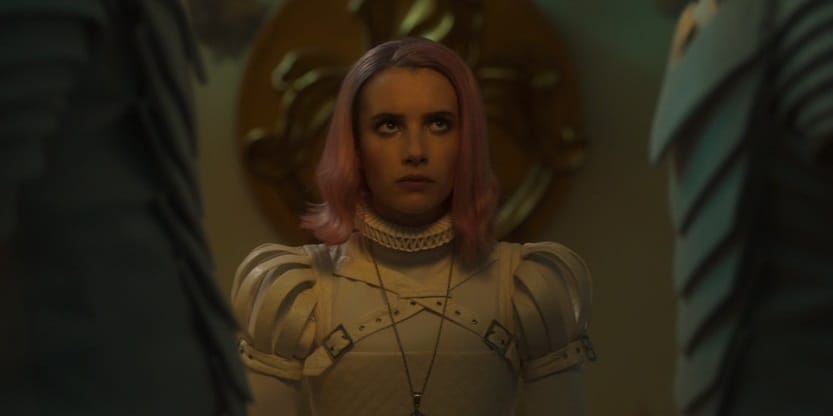
Are both these films just the first frantic, overenthusiastic flailings of young directors given full creative freedom? Did Tarsem Singh mature with age and experience and learn to add a little protein to the dish? Will Waddington lean into the genre and remember that science fiction fantasy came from books, not slashed doublets? Or is this a double feature for brains who will just have the salad, please, dressing on the side?
Personal rating: THE CELL (2000) 6.4/10 | PARADISE HILLS (2019) 5.5/10
This article was written by a real human without any use of AI.
